
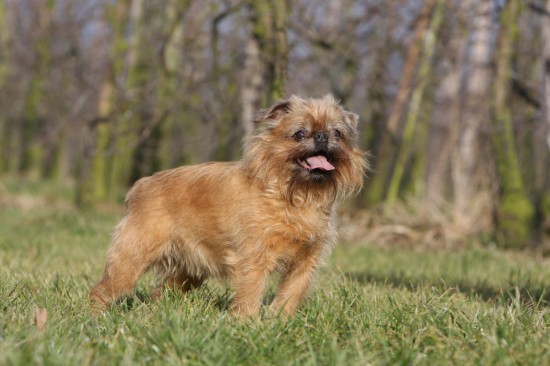
The Griffon Bruxellois is a small breed of dog that falls into the toy dog category, and is also sometimes known as the Brussels Griffon. They come in two varieties, being rough coated and smooth coated, and to further add confusion, the smooth coated version is also sometimes called the Petit Brabancon! They are distinctive looking little dogs with a square build and rather monkey-like face, with relatively large heads in relation to the body size.
They weigh between 4.5-5kg, and can be found in a range of colours including brown, black, tan or red, and can also have white markings. Smooth coated dogs of the breed are relatively easy to care for, but the rough coated variety requires regular brushing and grooming to keep their coats in good condition and free of knots.
The Griffon Bruxellois shares many temperament traits with terriers, being mischievous, full of beans and with lots of character. They are a good choice of pet for people who want a small dog that is not the typical lapdog, instead being more robust, lively and generally outgoing.
If you are wondering if the Griffon Bruxellois is the right choice of pet for you, it is important to look into the general health and hereditary background of the breed in detail before committing to a purchase, so that you will be able to develop a complete picture of their general health and wellness. In this article, we will look at the longevity and hereditary health of the Griffon Bruxellois in more detail. Read on to learn more.
The average lifespan of the Griffon Bruxellois is relatively wide ranging, with breed figures indicating the average to be anything between 10-15 years. The breed as a whole is one that is known to suffer from certain hereditary health problems across some breed lines, which contributes to the premature death of some of the dogs at the lower end of the spectrum.
The short, brachycephalic muzzle of the Griffon Bruxellois can pose some problems for the breed, depending on the degree to which the muzzle is shortened. Trouble regulating body heat, and in some cases, breathing problems may affect some dogs of the breed. Due to the protruding eyes of the breed, they are also at risk of scratches and damage to the eyes when going about their normal lives.
The small body and relatively large head of the breed also means that delivering puppies can be a challenge, and means that a significant number of dogs of the breed need to be delivered by caesarean section.
The coefficient of inbreeding figure for the Griffon Bruxellois is 9.7%, which is high enough to potentially place dogs of the breed at risk of inbreeding and the associated problems that accompany this. Breeders of the Griffon Bruxellois are advised to reduce the coefficient of inbreeding statistic within their own breed lines where possible.
A couple of specific health problems that are hereditary within the Griffon Bruxellois gene pool as a whole are known to affect a reasonably large number of dogs of the breed, and the British Veterinary Association recommends pre-breeding screening for these conditions in potential parent dogs. These conditions are:
As well as the conditions mentioned above that can be tested for prior to breeding, the Griffon Bruxellois is also known to have an elevated risk of suffering from a range of other potential health problems too. No pre-breeding screening is currently available for these conditions, and so all potential Griffon Bruxellois buyers should familiarise themselves with these conditions before committing to a purchase. These conditions include:
 Hints And Tips On Allocating A Personal Space To Your Dog
Hints And Tips On Allocating A Personal Space To Your Dog
 Thinking Like A Cat - What Does Your Cat Really Need To Be Happy?
Thinking Like A Cat - What Does Your Cat Really Need To Be Happy?
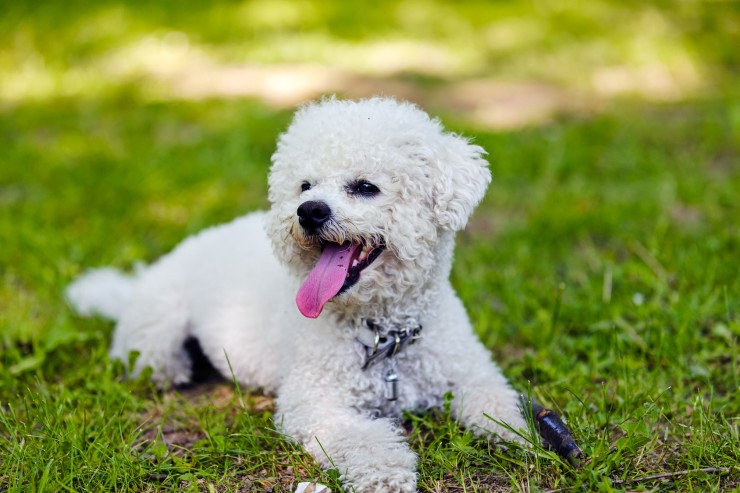 Learning More About The Most Common Pancreatic Problems In The Dog
Learning More About The Most Common Pancreatic Problems In The Dog
 The Differences Between Parvovirus And Canine Distemper
The Differences Between Parvovirus And Canine Distemper
 The Behaviour Of Pet Fish Decoded
The Behaviour Of Pet Fish Decoded
 Where to Look for the Best Pet Boarding Facility in Chapel Hill?
Where to Look for the Best Pet Boarding Facility in Chapel Hill?
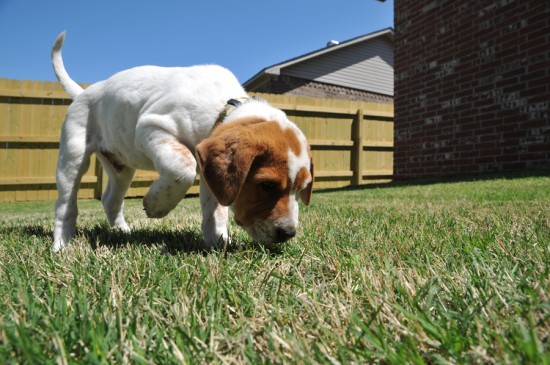 Thinking About Getting A Puppy?
Thinking About Ge
Thinking About Getting A Puppy?
Thinking About Ge
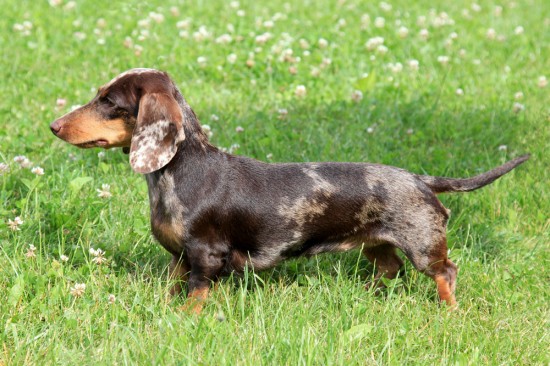 The Karlton Index - Measuring The Health Of Pedigree Dogs
The Karlton Index
The Karlton Index - Measuring The Health Of Pedigree Dogs
The Karlton Index
 Common Reasons For Upset Stomachs In Puppies
Common Reasons Fo
Common Reasons For Upset Stomachs In Puppies
Common Reasons Fo
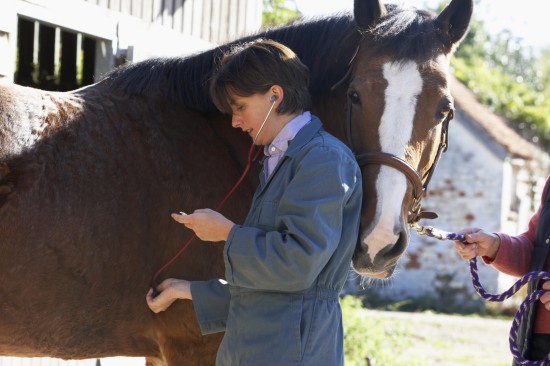 Pre-purchase Vetting A Horse Will Show Up A Heart Condition
Pre-purchase Vett
Pre-purchase Vetting A Horse Will Show Up A Heart Condition
Pre-purchase Vett
 Is A Springer Spaniel The Right Choice Of Dog For You?
Is A Springer Spa
Is A Springer Spaniel The Right Choice Of Dog For You?
Is A Springer Spa
Copyright © 2005-2016 Pet Information All Rights Reserved
Contact us: www162date@outlook.com